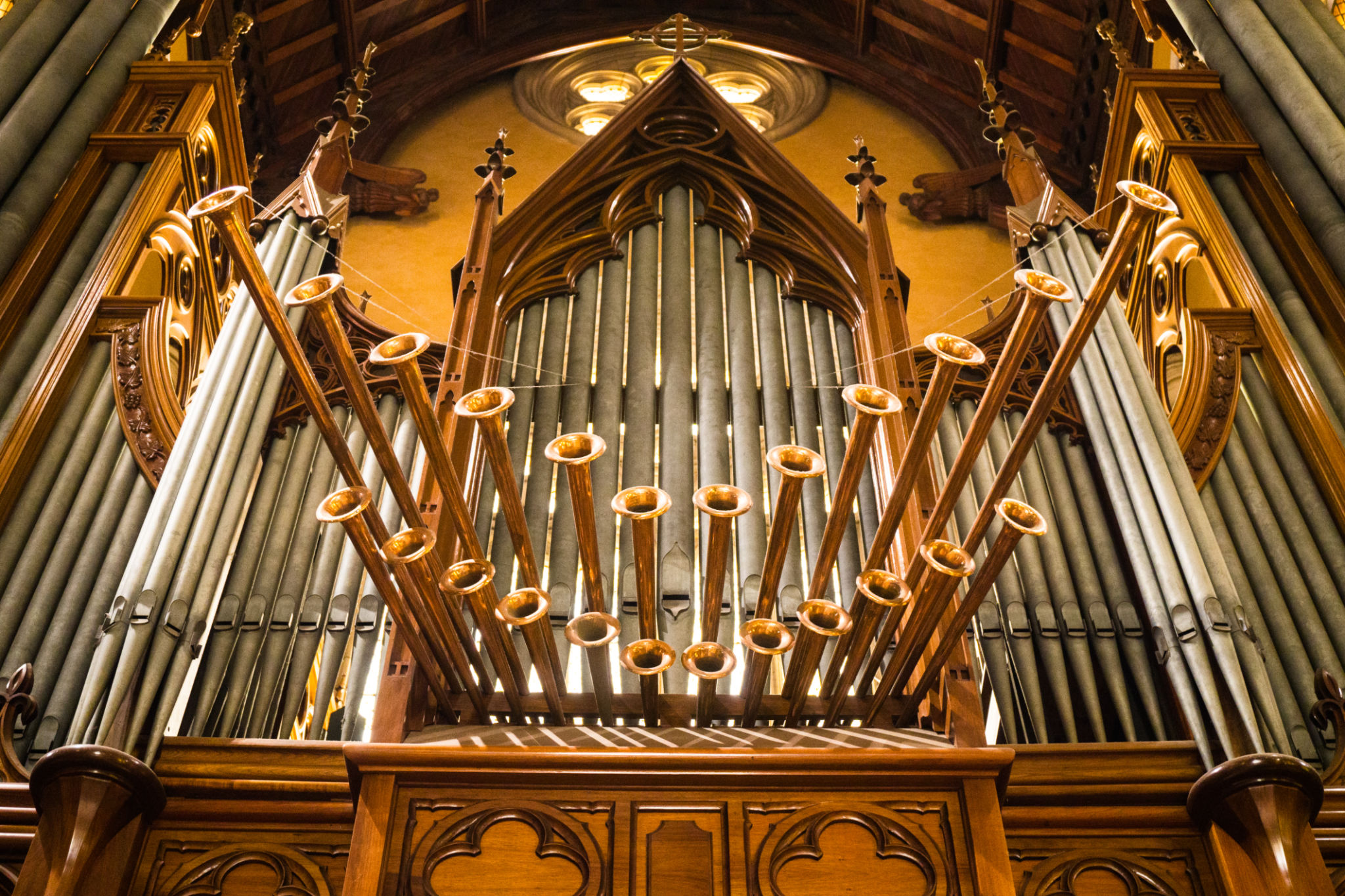Exploring the Rich History of Pipe Organs in Portugal
The Beginnings of Pipe Organs in Portugal
The history of pipe organs in Portugal is a captivating journey through time, reflecting the nation's rich cultural tapestry. The introduction of pipe organs to Portugal dates back to the medieval period, when these magnificent instruments began to grace the country's grand cathedrals and churches. Initially, pipe organs were seen as symbols of religious devotion and artistic innovation, enhancing the spiritual experience of worship.
During the 16th and 17th centuries, the influence of the Renaissance and Baroque periods spurred a golden age for pipe organs in Portugal. This era saw the construction of some of the most majestic organs, characterized by intricate designs and exceptional craftsmanship. These instruments were not only functional but also works of art, showcasing the talents of skilled artisans.

Iconic Pipe Organs Across Portugal
Portugal is home to several iconic pipe organs that have stood the test of time. One such example is the organ at the Monastery of Alcobaça, a masterpiece of Baroque architecture and music. Its grandeur and intricate details make it a must-see for anyone interested in historical instruments.
Another notable organ is located in the Church of São Vicente de Fora in Lisbon. This stunning instrument is renowned for its impressive sound and exquisite design, making it a focal point of the church's interior. Visitors are often captivated by its harmonious blend of visual and auditory beauty.

The Craftsmanship Behind Pipe Organs
The creation of a pipe organ is a complex process that requires a high level of craftsmanship and attention to detail. Portuguese organ builders have long been celebrated for their ability to blend traditional techniques with innovative designs. Each organ is a unique creation, tailored to fit the acoustics and aesthetic of its location.
Key elements in a pipe organ's construction include the pipes, wind system, and console. The pipes are carefully crafted from materials like wood and metal, each contributing to the organ's distinctive sound. The wind system provides the necessary airflow, while the console serves as the control center for the organist.

Preservation and Restoration Efforts
Preserving Portugal's historic pipe organs is a crucial undertaking that ensures these cultural treasures remain for future generations. Restoration projects often involve meticulous research and expert craftsmanship to maintain the authenticity of the original instruments while incorporating necessary repairs.
Efforts to preserve these organs are supported by both governmental and private initiatives. Many churches and cultural organizations work together to secure funding and expertise to restore and maintain these historic instruments. This collaborative approach helps safeguard Portugal's musical heritage.
The Role of Pipe Organs in Modern Portugal
Today, pipe organs continue to play a significant role in Portugal's cultural landscape. They are featured in religious ceremonies, concerts, and festivals, drawing both locals and tourists alike. The enduring appeal of these instruments highlights their timeless beauty and versatility.
Modern advancements have also expanded the possibilities for pipe organs. Innovations in technology have allowed for new compositions and performances, blending traditional sounds with contemporary music. This fusion has opened up exciting avenues for musicians and audiences to explore.

Conclusion: A Legacy of Musical Excellence
The rich history of pipe organs in Portugal is a testament to the country's dedication to preserving its cultural and musical heritage. These instruments are more than just musical tools; they are symbols of artistry, history, and community. As Portugal continues to cherish and celebrate its pipe organs, the legacy of musical excellence is sure to endure.
